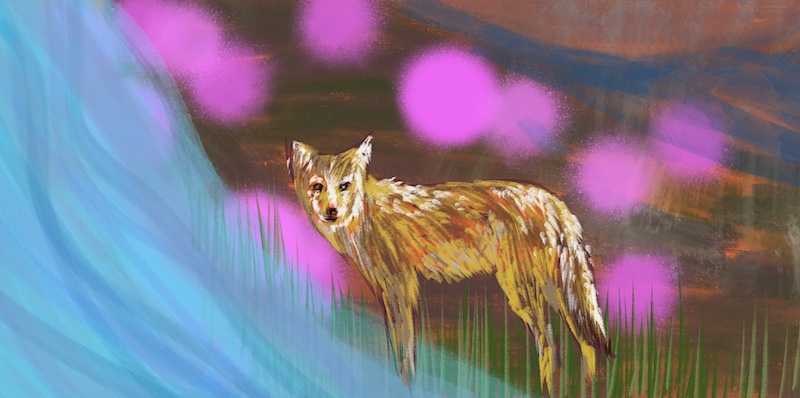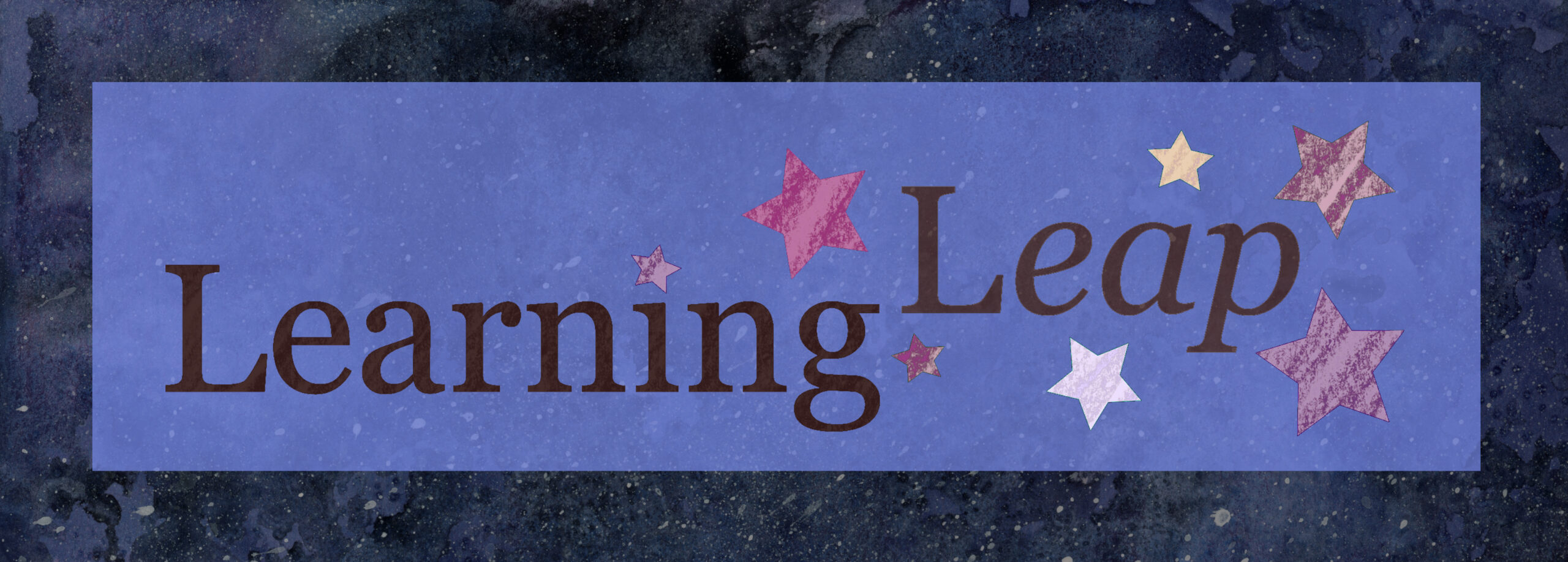Coyote encounters

To tune into the time set aside for Trickster and Coyote-themed conversation, a few of us began the hour with a brief inversion, recognizing that gravity feels very strong from the upside-down view. Others thought about order and chaos in their spaces, seeing that bringing order is a way of building a sense of calm and belonging. Recognizing that there is a lot of painful chaos happening in the world, we made the choice to not dwell there this time, instead seeking instances of what we thought of as “productive chaos,” and noticing that there are also occasions in which we can offer a place of order when someone is experiencing painful chaos.
There were many pre-planned and additional dimensions of Trickster and Coyote that emerged, leaving the impression that like many of our decolonizing topics, it’s just a cursory view to great depth of possibility. Since our conversations have often returned to stories and teachings of care-giving relatives it was a welcome difference to think about those in our lives who bring playfulness and optimism, irreverently shifting things when we are taking ourselves too seriously. One person shared that the humility that accompanies laughter is a welcome shift. Taking a moment to be imperfect is good; it’s okay to not have it all together. Another had received teachings at the school that day from someone of Splatsin First Nation: with so much in life you can “either laugh or cry,” so we should try to laugh. Coyote or Trickster’s laughter is indeed valuable to shift the mood or adjust focus in a conflict. Meaningfully, one person shared that “the part of me that’s playful is the part that makes life worth living.” For all these reasons and more, we can’t neglect Trickster’s view of things.
Another Coyote interpretation came when we spoke about the view that he is sometimes seen as lazy and selfish, asking whether there was a strength-based view to understand inaction within. The idea of laziness as a state of rest that “softens the edges,” was offered as a remedy to the instinct to harden when we encounter difficulties. In a hilarious extension of the ides of softening, we contrasted the idea of being a leader that is more like a sieve than a sponge, meaning that important things are kept as the emotionalism is released, rather than internalizing everything everyone gives you. And yet, we should remain curious, and be open to the playful curiosity that the more Trickster-tuned among us bring, since the creative or irreverent flipping of expectations and social norms can open that which is closed.
We ended our conversation also appreciating the model Coyote the animal provides in how resilient he is; omnivorous and adaptable, sustaining himself with anything from fruit to meat, and moving freely between natural and urban environments. For those among our group, or others who might want to go to greater depth with Coyote as a spiritual presence, a few resources that have helped bring some perspective are this tribute from Secwepemc culture, as well a global mythology perspective articulated on the Emerald podcast. As a partner to the Decolonization is not a Metaphor article we looked at recently, the inspiring writing offered by Cutcha Risling Baldy called Coyote is not a metaphor: On decolonizing, (re)claiming and (re)naming “Coyote,” as well as recent work by one of my mentors, Aubrey Hanson, titled Writing as Resurgent Presencing: An Urban Coyote Curriculum. Lastly, for the art-interested among us, the amazing Coyote-driven work by artist Julia Buffalohead will certainly bring inspiration. A particular piece, titled White Savior Complex was served up by one of my social media feeds, which pointed me, playfully, in important reflection directions.

Recent Comments